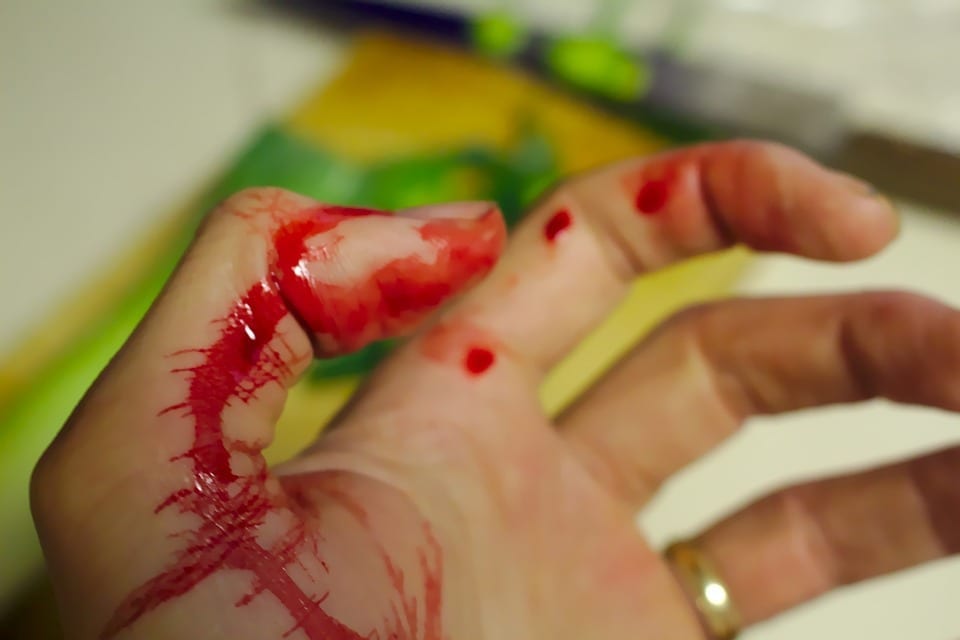Persons of any age can donate eyes. Any previous eye surgery is not a contra-indication for eye donation, only the corneas should be healthy. The whole globe need not be removed. Only cornea retrieval is now being practiced widely. There is no external disfigurement of the face of the deceased. Cornea retrieval has to be done within 6 hours of death, so information to the nearest eye bank (or eye donation centre) should be given immediately after death.
Magnitude of corneal blindness in India
- About 2.5 million Indians have corneal blindness. 1.5 million of these are children less than 12 years of age.
- More than 25,000 new cases are added annually.
- 20,000 corneas are retrieved annually.
- Backlog of bilateral corneal blindness is 2 lacs.
- 8-9 million deaths occur annually.
- 1.8-2% eye donations are required.
?
High priority recipients ? Due to paucity of donor tissue, it is essential to identify patients needing early corneal transplantation.
?????? Bilateral corneal blindness.
?????? One eye having untreatable blindness and one having vision less than 6/60 due to corneal scarring.
?????? Children even with unilateral blindness.
?????? Impending perforation of corneal ulcer.
?????? Intolerably painful? eye as in bullous keratopathy.
?
Contraindications for procurement of donor cornea:
l?? Any condition in the donor, which is potentially hazardous to the recipient or eye bank personnel? ,e.g.
?????? Acquired immunodeficiency syndrome or HIV seropositivity
?????? Rabies
?????? Creutzfeldt-Jakob disease
?????? Leukemia (blast form)
?????? Lymphoma and lymphosarcoma
?????? Subacute sclerosing panencephalitis
?????? Progressive multifocalleukoencephalopathy
?????? Reye’s syndrome
?????? Congenital rubella
?????? Active septicemia including endocarditis
?????? Acquired immunodeficiency high risk behavioral features including homosexuals, intravenous drug abusers, prostitutes and hemophilics
Intrinsic eye disease-
?????? retinoblastoma,
?????? active inflammatory disease (conjunctivitis, iritis, uveitis, vitreitis, retinitis)
?????? congenital abnormalities (keratoconus, keratoglobus)
?????? central opacities and pterygium.
Regulatory laws for eye banking –
Preservation techniques for donor eyes –
In terms of the duration of storage of the donor material, the period of preservation has been arbitrarily classified as (a) short-term storage (b) intermediate-term storage (c) long-term storage and (d) very long-term storage.
Short-Term Storage ?( Most popular techniques in our country.)
For storing? donor materials for a few days, two techniques are used: Moist-chamber storage and M-K medium storage.
1. Moist-Chamber Storage ? Whole globe has to be retrieved.
The whole donor eye is kept in a sterile jar with? moist atmosphere at 4?C.
The moist-chamber storage technique is the simplest and the least expensive of all the storage techniques. The limitation is that the transplant must be done within 24 hours of eyeball retrieval.?
M-K medium, described by McCarey and Kaufman, is a mixture of tissue culture medium (T-C 199) and dextran (5%, 40,000 molecular weight). As a colloidal osmotic agent, dextran prevents excessive stromal swelling of the excised corneas in the liquid medium. Besides dextran, the medium includes other additives, such as, HEPES (hydroxyethylpiperazine-N-ethane-sulphonic acid) as buffer, penicillin and a combination of gentamicin and polymyxin as antibiotics. Since the medium uses HEPES, phenol red (phenol-sulfonphthalein) as pH indicator is not included. According to McCarey and Kaufman, the M-K medium has been found to increase the corneal storage time to approximately 96 hours.
?
The development of the intermediate-term corneal storage medium has facilitated a better maintenance of the donor cornea for periods, for which, the moist chamber and the M-K medium methods are both inadequate.
The addition of chondroitin sulfate has been a key development in the genesis of intermediate-term corneal storage media. It probably acts as an antioxidant and free-radical scavenger to protect cell membranes. It may also act as a cation-exchange resin regulating cation fluxes across cell membranes through the formation of chelation complexes.
Several corneal storage media containing chondroitin sulfate have been developed for clinical use in the United States of America and Europe. They are K-Sol (Cilco, Huntington, West Virginia), Chondroitin Sulfate Storage Medium (CSM), Dexsol, Optisol (Chiron Ophthalmics Inc. Irvine, California), and Likorol (Opsia Pharma, France). However, K-Sol and CSM are no longer commercially available. It has been demonstrated that Optisol as compared to Dexsol, K-Sol and MK medium, can preserve the corneal endothelium better yielding a thinner cornea upto two weeks
?
(Organ Culture of the Cornea) ? The organ culture method of corneal storage has evoked interest in researchers of several places in countries including Denmark, the Netherlands,France, UK and Australia. By this method, adequate endothelial cell function of human corneas stored at 34?C can be maintained for at least five weeks. Clinically, when the average storage time is 25 days, 80 percent of the transplanted corneas remains clear.
Very Long-Term Corneal Storage
Limbal stem cell culture and transplantation ?an ocular surface replacement using ex vivo expanded, cultured limbal stem cells seeded on a matrix derived from amniotic membrane can be done. This bioengineered graft is? gaining recognition to manage difficult ocular surface disease.?





Be the first to comment on "EYE DONATION AND EYE BANKING"